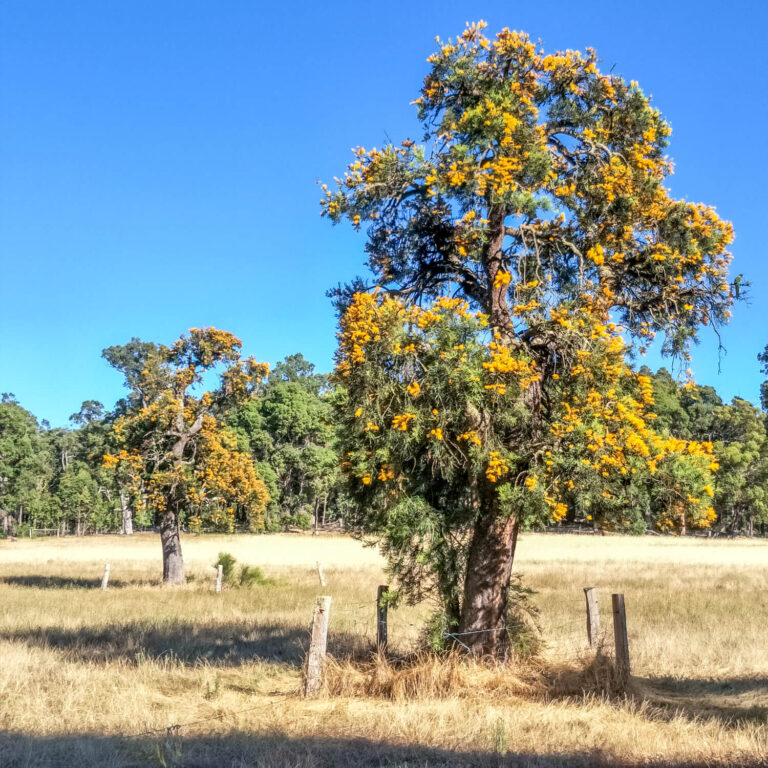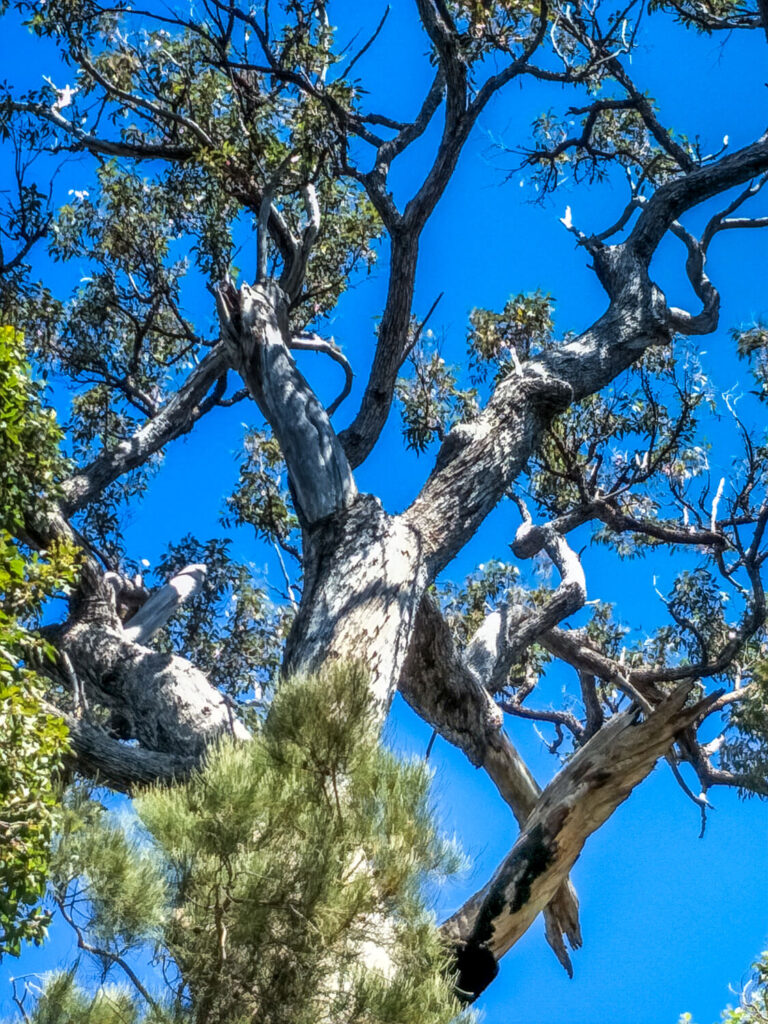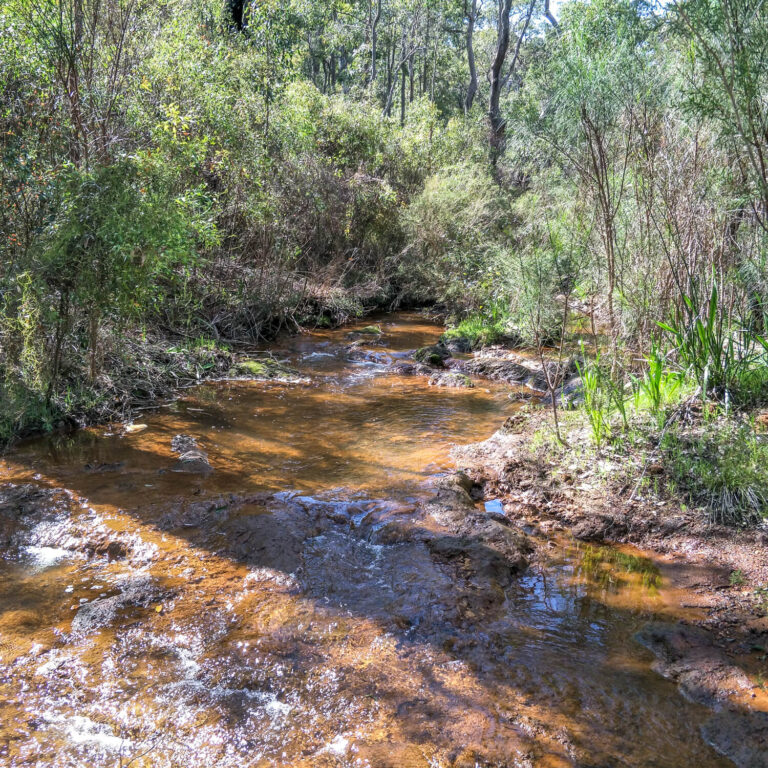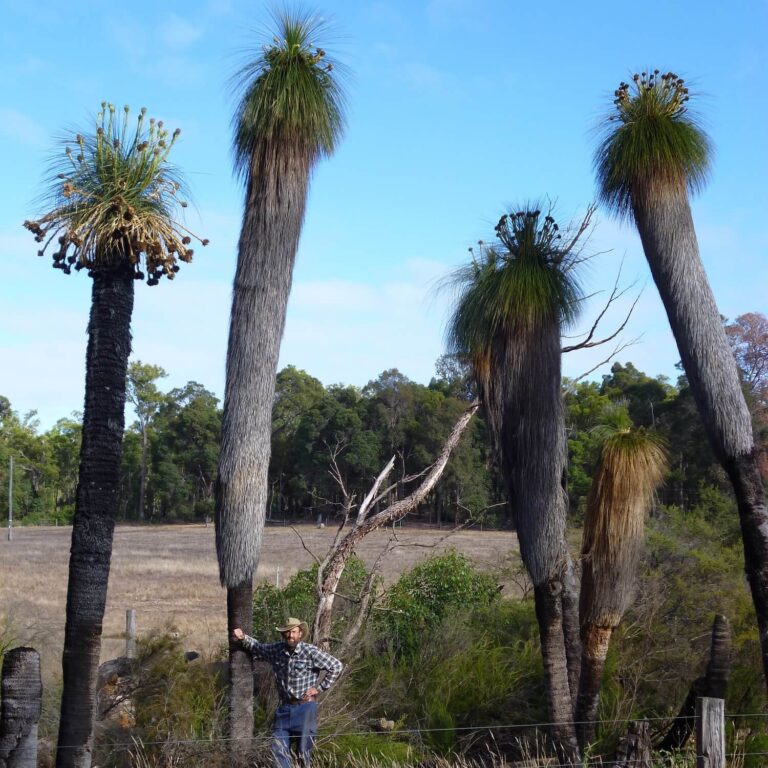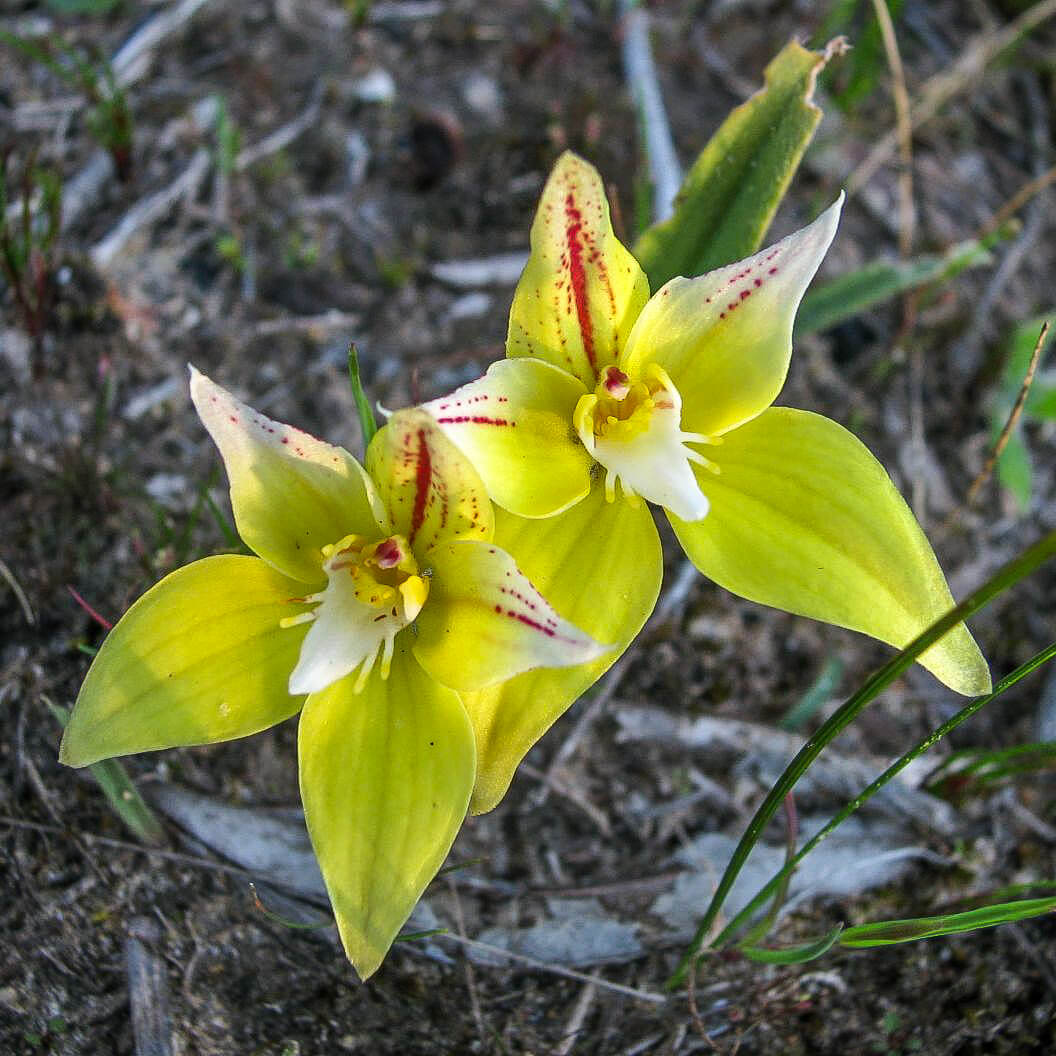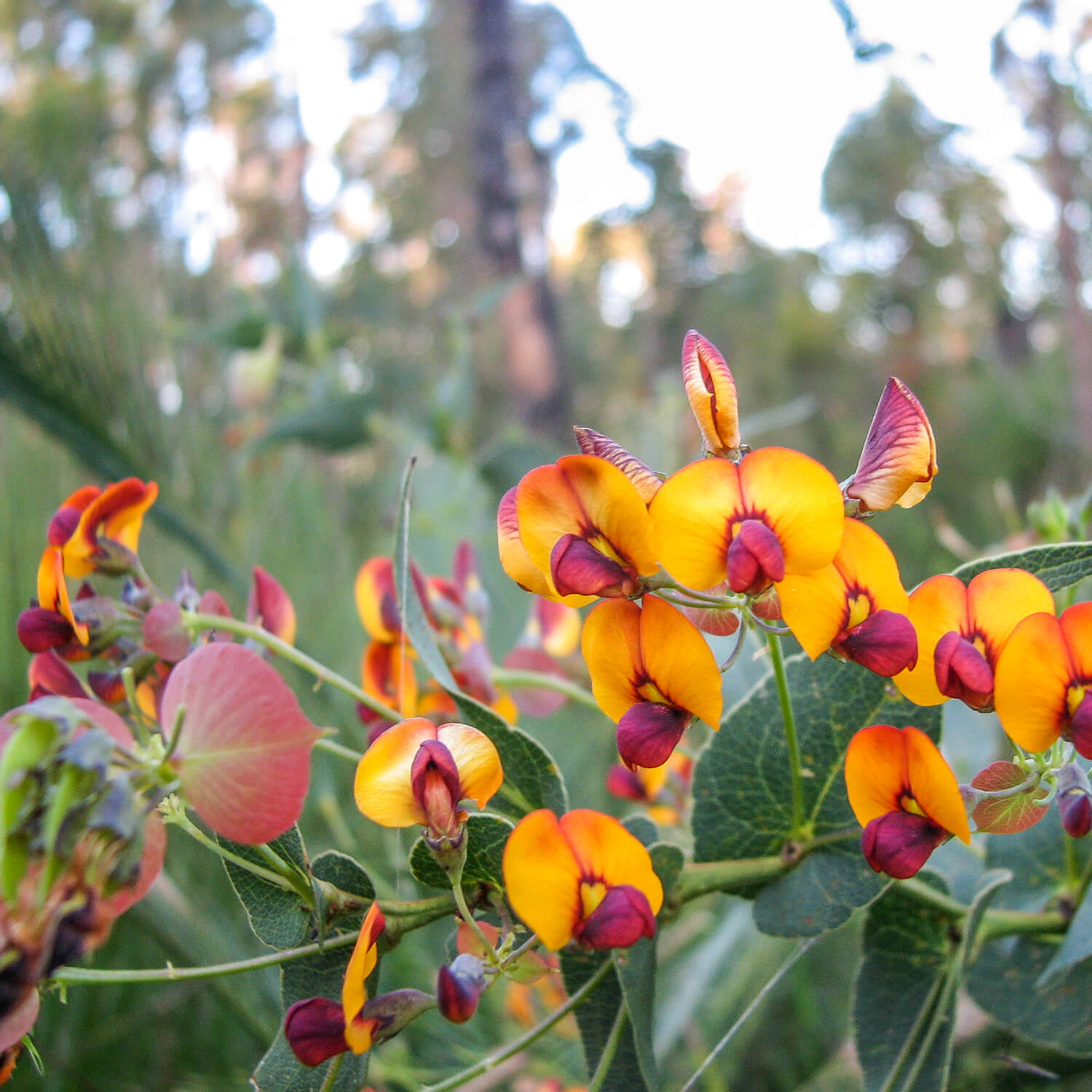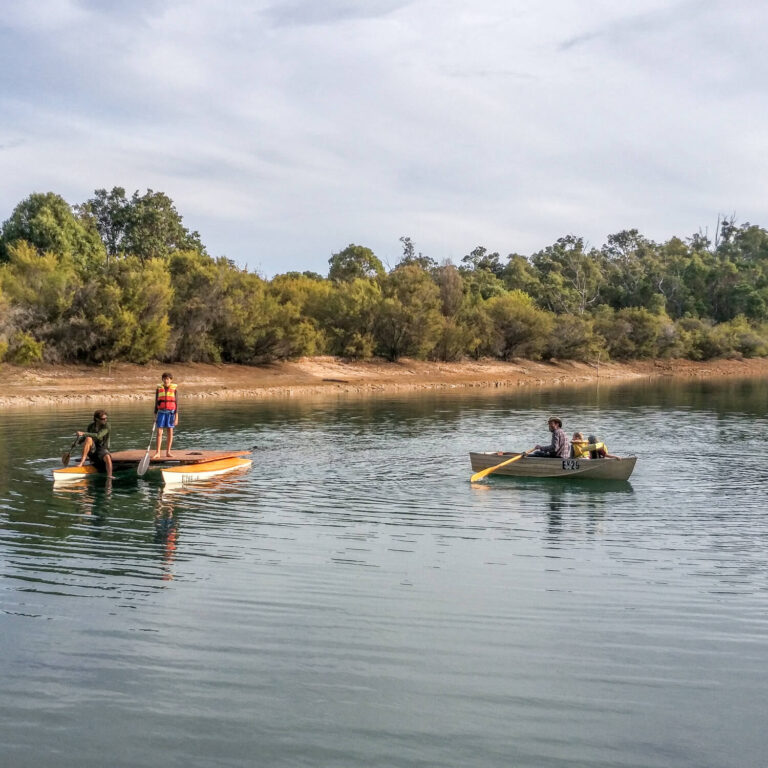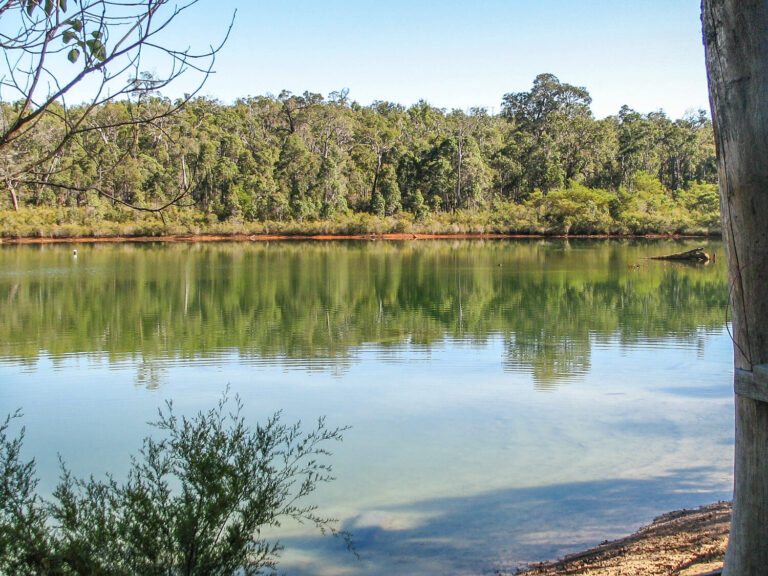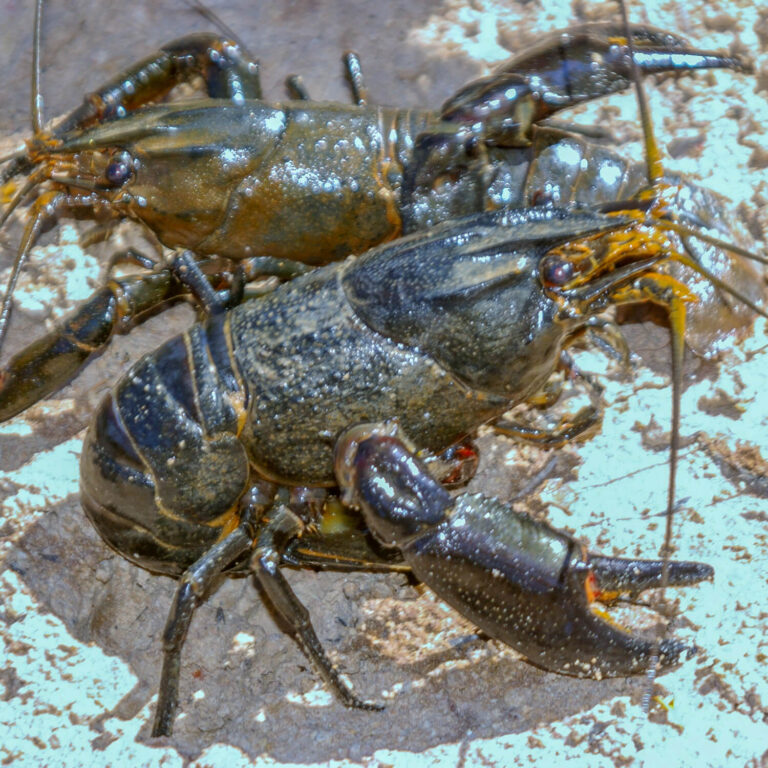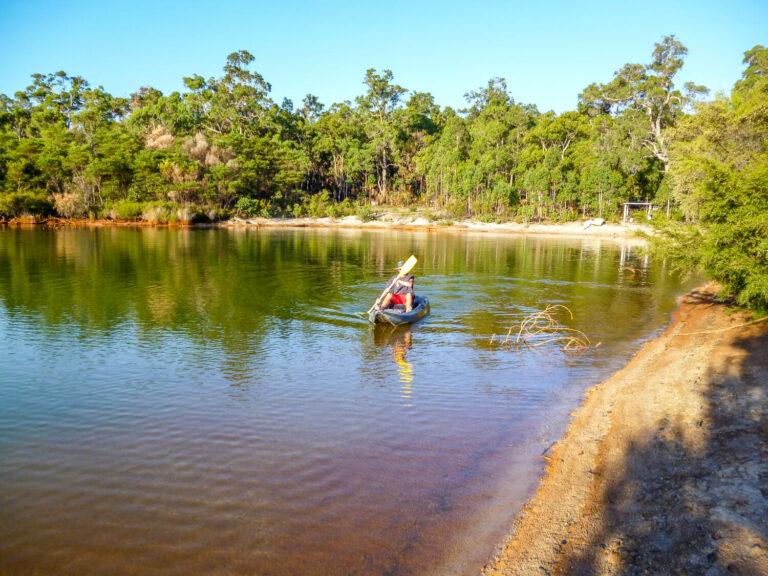Our Environment
Boronia Farm has moved towards self-sustainability and conserving electricity and our natural resources but this has not happened overnight and means we are forever changing as the need arises.
Smart Power
In June 2009 Boronia Farm installed a Grid Interactive photovoltaic system. It has had a positive impact on our electricity costs over the years. As a consequence of this we have elected to move to Smart Power, which means we are charged different prices for electricity at different times of the day. As a result of this we have installed timers on some of the equipment. so that we use maximum electricity in the off peak period. This includes your hot water system in the cottage. We are conscious of conserving electricity and our natural resources and ask that you turn off lights and other electrical appliances at the switch when not in use. Then a few years ago we had to replace our solar system and no longer use smart power.
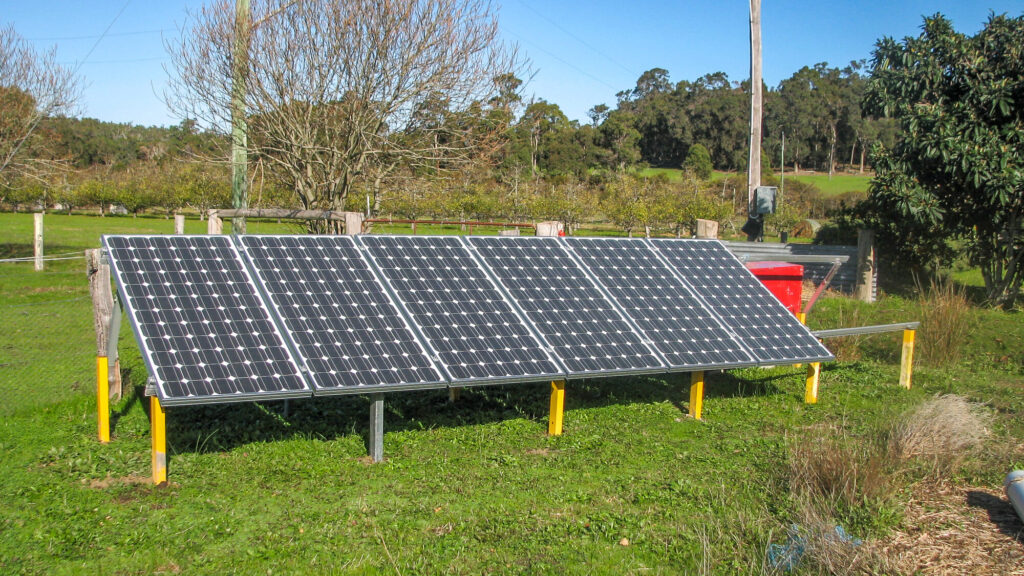
Permaculture Garden
We began to develop our permaculture garden in it’s present form in about 2003 based on our mobile circular chook house. We began with 2 beds closest to the back door and the small pond near them. All our beds contain a variety of vegetable and herbs depending on the season. Many are self sown as we allow lettuces, celery, parsley and many others to go to seed, only to reappear as the chooks are moved off the newly fertilized bed. As you can see, it has developed from there in all directions. When we began to run out of room, we moved the fence that originally ran along the side of the drain to include the area, which is now developing as another small orchard.
The chook house is moved about every 4 weeks to a new bed and that with a little seaweed extract provides our fertilizer requirements. Most of our beds are seasonal but Dale refused to give up her roses, so they were transplanted and incorporated in to the plan– some of them are very old. We also have one other permanent bed in which asparagus grows and the strawberries stay in a bed for 3-4 years before moving on. We are self sufficient in salad and vegetable greens throughout the year and grow potatoes and pumpkins which are stored along with summer produce such as tomatoes, cucumbers, zucchini, squash, eggplants, corn, radishes, capsicum and much more. Much of the produce, especially in summer is processed in some form, frozen, bottled, dried and made into jams, chutneys and jellies. If you are interested in the workings of our garden, feel free to wander and ask questions.
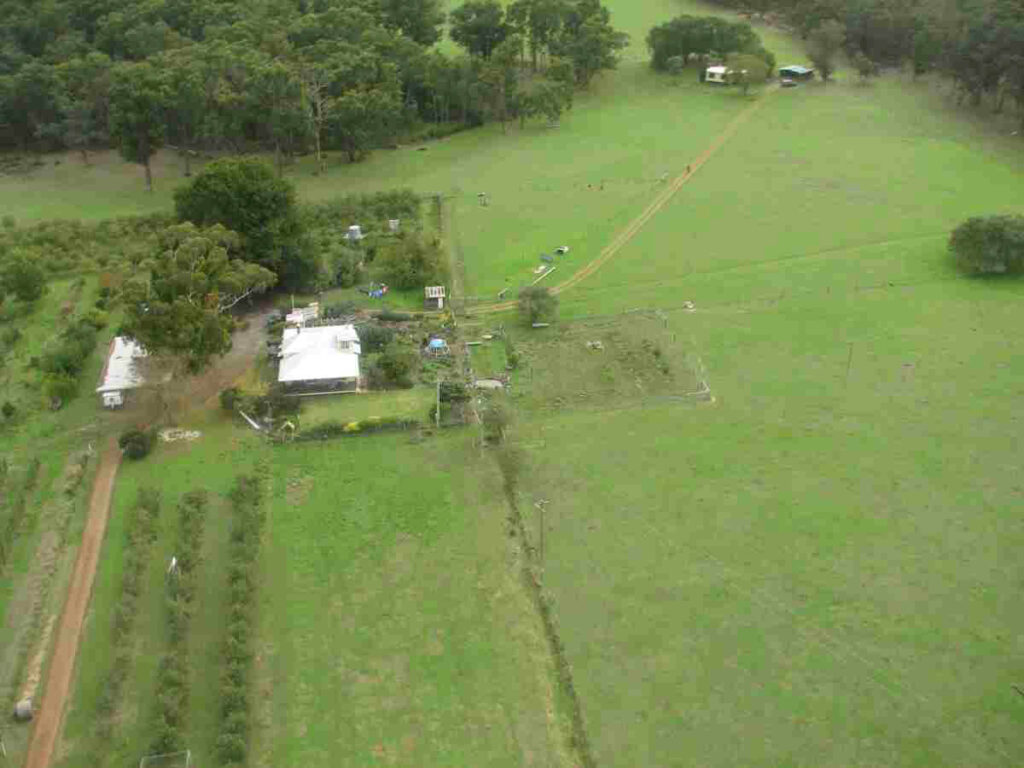
Land For Wildlife
We have been a Land for Wildlife Property since 1999. Land for Wildlife is a voluntary scheme that aims to encourage and assist private landholders in Western Australia to provide habitats for wildlife on their property, even though the property may be managed primarily for other purposes such as organic farming. It is a commitment to care for areas of bush land and wildlife on our property in conjunction with other farming practices.
We have approximately 1/3 of our land fenced off to allow the native bush, flora and fauna to flourish. We have fenced the stock out of most of the creek line and you can see the amazing ability of the bush to regenerate itself, given time to do so. We have a large area of boronia swamp through the centre of the farm and this is truly lovely to see in August and September. There are many wildflowers and orchids to be seen both on the farm and in the surrounding state forest, especially in spring.
Wildflowers, Birds and the Natural Environment
Our Property is surrounded by the Argyle block of the State Forest. Both abound with wildflowers in Spring. We have also identified over 35 different species of birds and are sure there are many more that we haven’t included in this list.
Our Water Supply
This is obtained from our large dam at the rear of the property which also holds marron. The water is gravity feed to the house and orchard and requires minimum pumping for irrigation. Both our house and the cottage have rainwater tanks for household supply.

